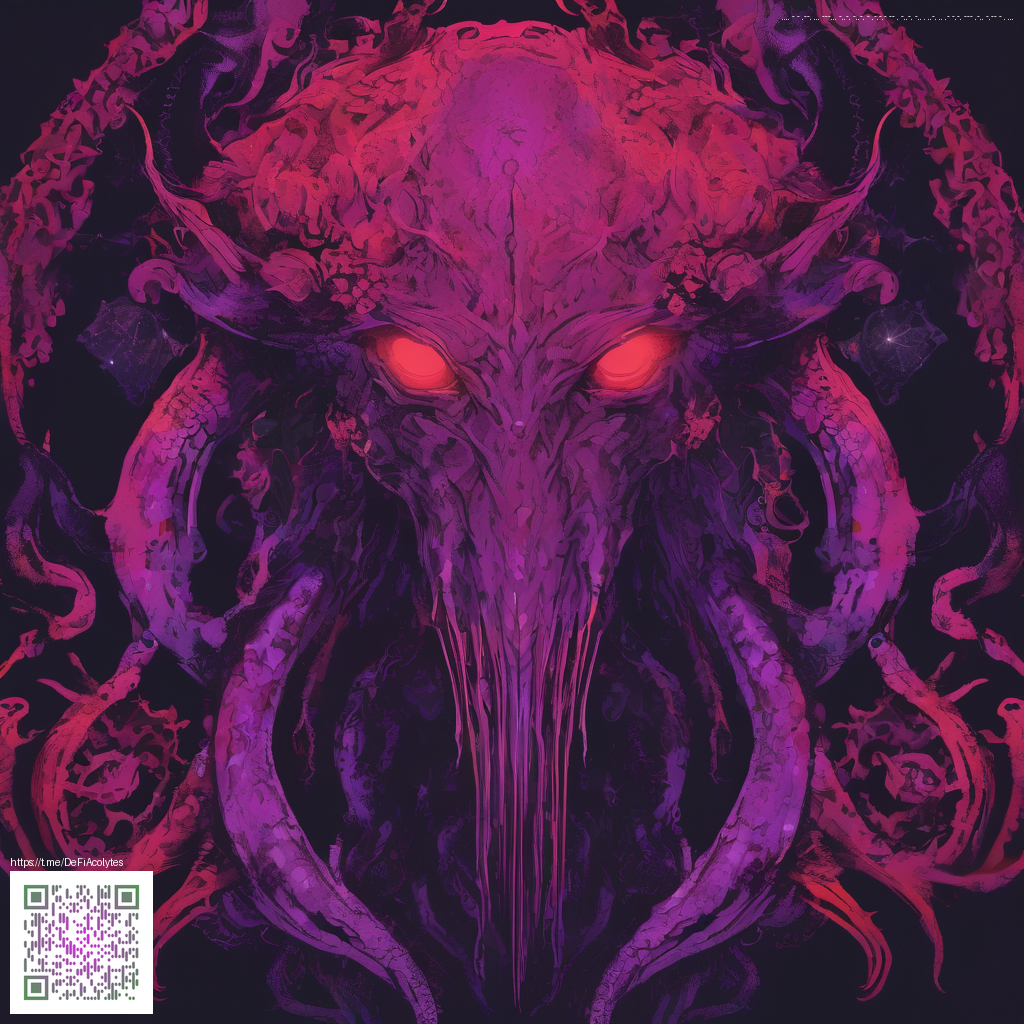
Depth and Light: Soft Shadows in Paper Art
Soft shadows are not just for photography; in paper art they become a language of light and space that can transform flat sheets into living scenes. By carefully planning where light hits each layer, you can craft depth without adding color or heavy shading. The trick is to think in planes: the top layer, the mid-layers, and the backing. Each plane catches and casts shadows differently, creating a gradient of intensity that your eye reads as depth.
Three core techniques
- Layering and height variation: Stack multiple sheets with deliberate gaps to create graduated shadows along edges and folds.
- Edge treatment: Curl or fray the edges slightly so that light catches the rim, producing a soft halo of shadow rather than a hard line.
- Light diffusion and backing: Use a light-colored backing or translucent paper to diffuse shadows subtly, making them feel natural rather than painted on.
Soft shadows rely on disciplined light: a single, consistent source across your work yields more believable depth than many tiny, conflicting highlights.
To put these ideas into practice, start with a simple composition and build up shadowed planes. For each new layer, consider how the light would strike that surface if the sun were shining from the left or a lamp stood to the right. You’ll notice that even small adjustments—tilting a leaf, bending a dragon wing slightly, or raising a single corner a millimeter—can dramatically alter perceived depth.
Hands-on steps for immediate results
- Sketch a quick plan showing where light originates.
- Cut and score multiple layers; test stacking without adhesive to preview shadows.
- Adhere layers with small, nearly invisible dots of glue to avoid bulk at joints.
- Experiment with edge curls: a gentle roll of 2–3 mm often yields a natural, soft outline.
- Place a neutral backing behind the piece and adjust your light to study cast shadows from the elevated planes.
As you refine technique, you’ll also think about the tactile quality of the surfaces themselves. The choice of materials matters: thicker stock versus delicate vellum, or even the color of the backing can shift how shadows appear. For artists who are simultaneously mindful of craft durability and presentation, a handy reference point is product design that emphasizes materials and protection—something you can explore here: https://shopify.digital-vault.xyz/products/rugged-phone-case-tough-impact-resistant-tpu-pc-shield.
This piece sits within a broader conversation about craft resources and design thinking, and you can discover related explorations at https://frame-static.zero-static.xyz/dcfbbe48.html.
Lighting, placement, and photography
When sharing your work, the way you photograph it can either exaggerate or soften the shadows you’ve sown. A north-facing window or a diffused lamp can give you consistent, soft illumination that complements the subtle shadows. If you photograph on a white or pale backdrop, the shadows will read more clearly, enhancing the sense of depth. And if you’re using a smartphone to document your progress, natural light tends to bring out the gentle gradations in your layers without harsh glare.
Tip: keep a small, portable light with you to compare how the same piece behaves under different angles of illumination.